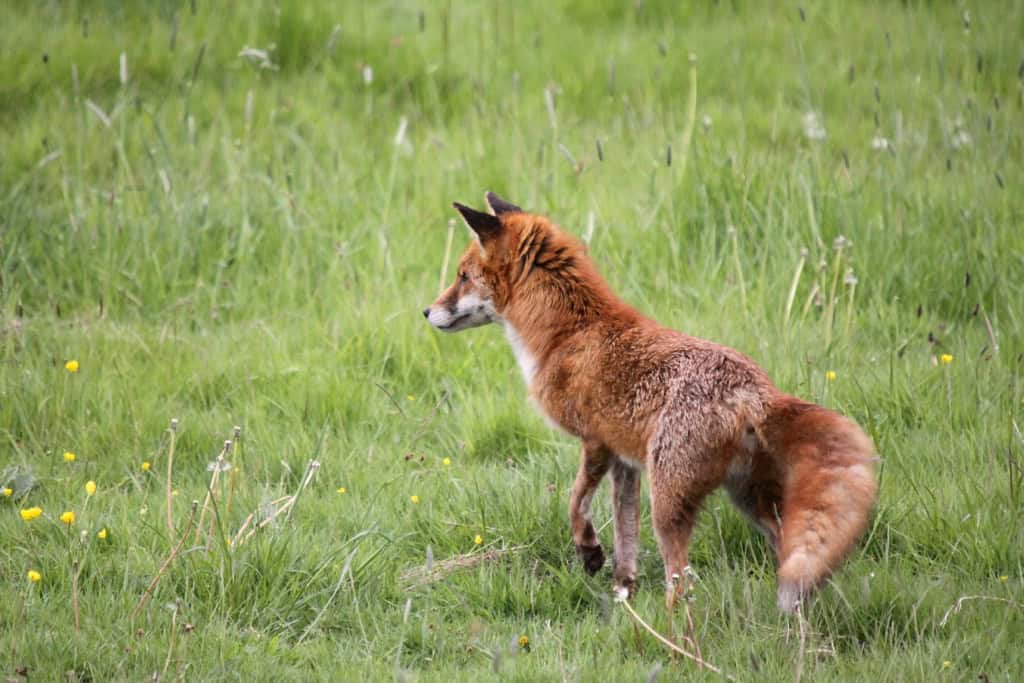Foxes have earned their reputation as some of nature’s most cunning predators. These medium-sized canids, found across diverse habitats worldwide, demonstrate remarkable hunting prowess that has fascinated wildlife biologists and casual observers alike. Their intelligence isn’t just folklore—it’s backed by sophisticated adaptations and behaviors that make them extraordinarily effective hunters. From their keen senses to their problem-solving abilities, foxes exemplify evolutionary success in the predatory world. This article explores the multifaceted aspects of fox hunting intelligence and the adaptations that have earned them their clever reputation.
The Evolutionary Advantage of Intelligence

Foxes belong to the Canidae family, which evolved approximately 34 million years ago. Throughout their evolutionary history, foxes have developed remarkable cognitive abilities that set them apart from many other predators. Unlike larger predators that rely primarily on strength or pack hunting, foxes have evolved to use intelligence as their primary survival strategy. This adaptation was necessary given their medium size, which places them in a precarious position in the food chain—both predator and prey.
Research suggests that the fox’s intelligence evolved as a response to their ecological niche. As solitary hunters who must survive without the benefits of pack support, foxes needed to develop problem-solving skills, memory, and adaptability. Studies comparing fox brain structure to other canids show they possess a relatively large brain-to-body ratio, particularly in regions associated with complex decision-making and sensory processing. This neurological investment has paid evolutionary dividends, allowing foxes to thrive across six continents and diverse ecosystems from the Arctic to urban environments.
Superior Sensory Capabilities

The fox’s hunting success begins with their extraordinary sensory equipment. Their hearing is particularly remarkable—foxes can detect sounds of small rodents moving under several inches of snow or soil. Their ears can rotate independently, allowing them to triangulate sound with incredible precision. This ability is so refined that a fox can pinpoint a mouse’s location under snow within inches, leading to their characteristic “mousing” leap where they pounce precisely onto hidden prey.
Vision and smell complete their sensory arsenal. Foxes possess excellent night vision thanks to a specialized layer behind their retina called the tapetum lucidum, which reflects light back through the retina to maximize available light. Their sense of smell is estimated to be hundreds of times more sensitive than humans’, allowing them to track prey trails and detect animals hidden underground. This multisensory integration gives foxes a comprehensive awareness of their environment that few other predators can match, allowing them to make sophisticated hunting decisions based on rich sensory information.
Master Tacticians and Strategists

Perhaps the most compelling evidence of fox intelligence is their tactical approach to hunting. Unlike predators that rely on simple chase-and-capture strategies, foxes employ varied hunting techniques depending on prey type, environmental conditions, and circumstance. They demonstrate remarkable situational awareness and can switch between different hunting modes. For example, when hunting rabbits, foxes may use patience and stealth, carefully stalking their prey before a sudden burst of speed. For birds, they might employ ambush techniques, hiding and waiting for the perfect moment to strike.
Foxes also show evidence of premeditated hunting. They’ve been observed intentionally making noise to flush hidden prey into the open or using strategic positioning to block escape routes. Even more impressively, they’ve been documented engaging in cooperative hunting when beneficial, despite being primarily solitary hunters. This strategic flexibility demonstrates a level of cognitive sophistication beyond simple instinct, suggesting genuine problem-solving abilities and tactical thinking that justify their reputation for cleverness.
The Famous Fox Jump: Precision and Mathematics
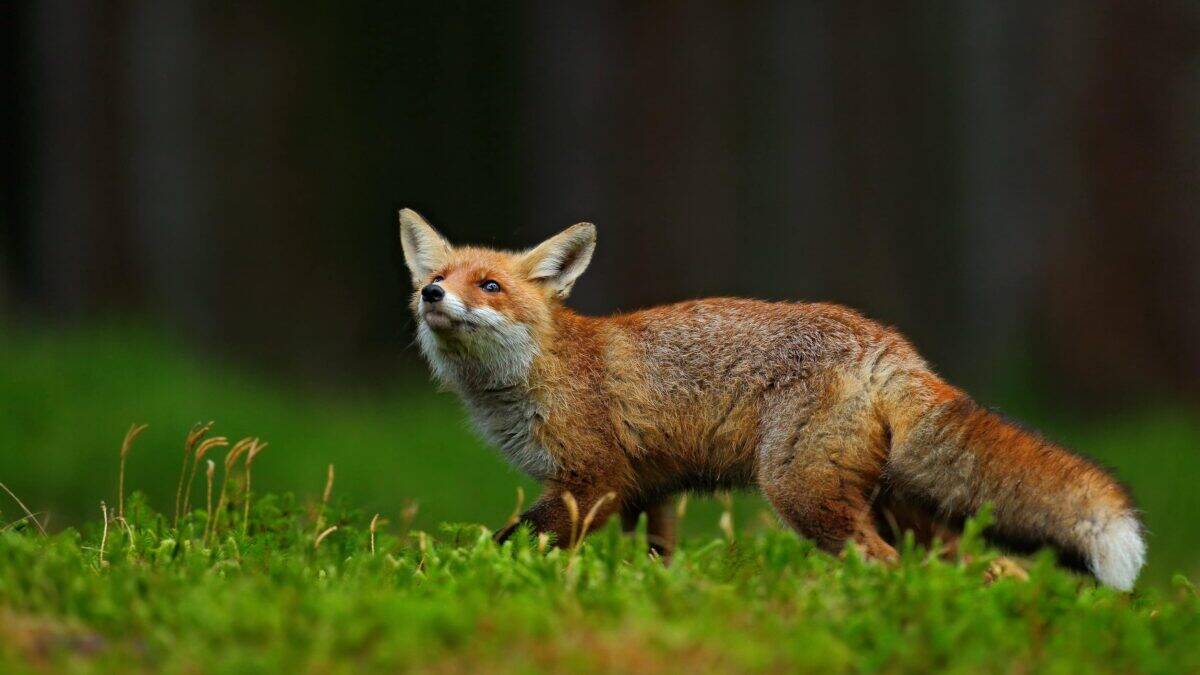
The fox’s iconic pouncing technique, often called “mousing,” represents one of the most remarkable demonstrations of their hunting intelligence. When hunting small prey beneath snow or vegetation, foxes perform a precisely calculated vertical leap, coming down with their front paws and snout at exactly the right spot to capture prey they cannot see. Research has revealed that this isn’t just an impressive physical feat—it’s a mathematical one. Foxes appear to use the Earth’s magnetic field to calculate their jumps.
A study published in Biology Letters showed that when foxes jump in a northerly direction, their success rate is significantly higher (around 75%) compared to jumps in other directions. Scientists believe foxes use magnetic field sensing to triangulate the precise location of prey based on sound. The fox tilts its head at different angles while listening, calculating the exact position before executing the jump. This represents a rare example of an animal using magnetic field detection for hunting rather than just navigation, highlighting the extraordinary computational capabilities of the fox brain.
Adaptability and Learning

One hallmark of intelligence is adaptability, and foxes excel in this regard. Unlike specialists that depend on a narrow range of prey or hunting conditions, foxes are generalists who can modify their techniques based on available resources. They readily switch prey species, hunting methods, and habitats when necessary. This adaptability extends to learning from experience—foxes show clear evidence of remembering successful hunting locations and techniques, avoiding areas where they’ve encountered dangers, and improving their skills through practice.
Particularly impressive is the fox’s ability to adapt to human-modified environments. Urban foxes have learned to navigate cities, use human structures to their advantage, and exploit new food sources like garbage and pet food. They’ve even been observed learning traffic patterns to safely cross roads and developing novel hunting techniques for urban prey species. This behavioral plasticity demonstrates not just intelligence in a natural context, but the ability to apply that intelligence to entirely novel situations—a key marker of advanced cognitive capabilities.
Memory and Mental Mapping

Foxes possess exceptional spatial memory and mental mapping abilities that enhance their hunting efficiency. They create detailed cognitive maps of their territories, which can span several square miles, remembering the locations of reliable food sources, den sites, escape routes, and territory boundaries. This spatial awareness allows them to plan hunting routes efficiently, avoiding unnecessary energy expenditure while maximizing encounters with potential prey.
Field studies have documented foxes returning to productive hunting grounds at optimal times, suggesting they remember not just where food can be found, but when it’s most likely to be abundant. For example, they’ll return to orchards when fruit attracts rodents or fields after harvest when mice are exposed. They also cache (bury) excess food in dozens or even hundreds of locations throughout their territory and can remember these spots for retrieval later—sometimes weeks or months later. This sophisticated memory system allows foxes to maintain food security through resource-scarce periods, demonstrating foresight rare among non-primate species.
Tool Use and Problem Solving
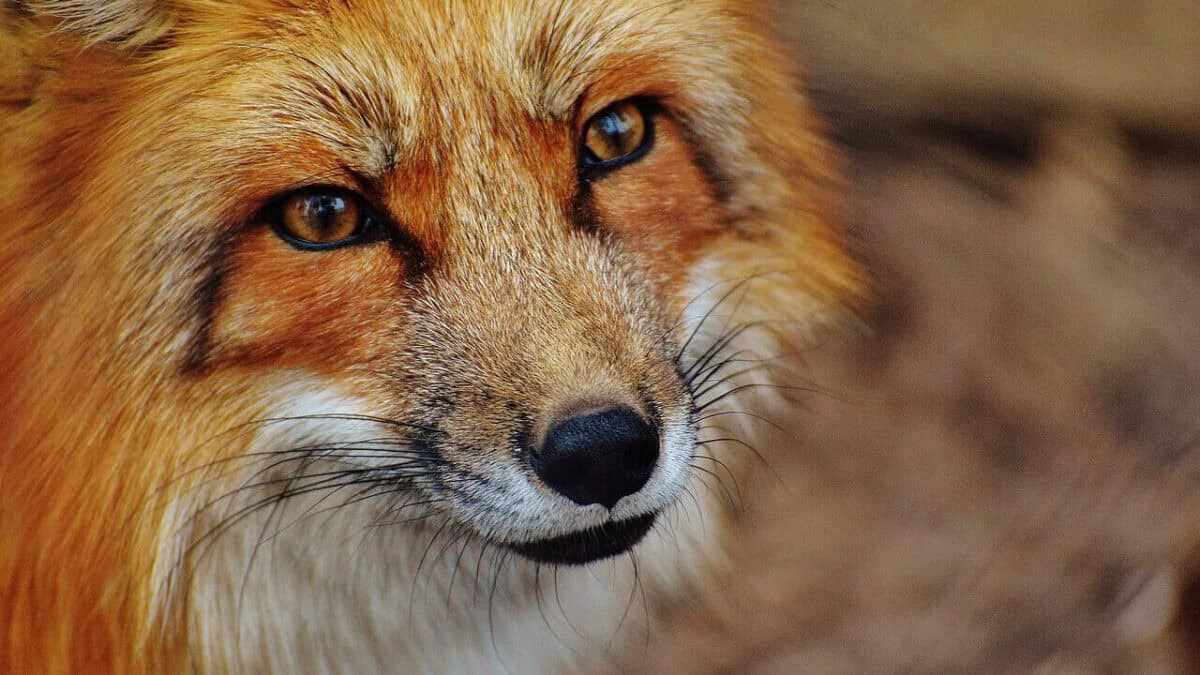
While not as renowned for tool use as some species like corvids or primates, foxes do demonstrate impressive problem-solving abilities that aid their hunting success. They’ve been observed using objects in their environment to their advantage—pushing floating objects to reach prey on water, for instance, or using obstacles to corner fleeing animals. More impressively, they show the ability to solve novel problems through trial and error and apply that learning to new situations.
In captivity, foxes have demonstrated the ability to solve complex puzzles to access food, sometimes outperforming domestic dogs. Wild foxes regularly overcome human-made obstacles like fences, locks, and barriers that would stymie many other animals. This problem-solving extends to hunting contexts, where they’ve been observed creating diversions to separate mother birds from nests or working out how to access seemingly secure chicken coops. This cognitive flexibility allows foxes to exploit prey resources that would be inaccessible to less intelligent predators.
Dietary Opportunism and Omnivory

The fox’s clever hunting strategy extends beyond catching prey to include remarkable dietary flexibility. Unlike obligate carnivores, foxes are true omnivores capable of subsisting on an extraordinarily diverse diet. They consume everything from rodents, rabbits, birds, and insects to fruits, berries, seeds, and even carrion. This dietary opportunism is itself a form of intelligence, allowing foxes to meet their nutritional needs from whatever resources are seasonally abundant.
Research on fox diet composition shows they intelligently adjust their food preferences based on caloric efficiency and risk assessment. For instance, during summer when berries are abundant, foxes may reduce their hunting of potentially dangerous prey like rats in favor of risk-free foraging. Conversely, in winter they become more willing to take risks or expend energy for high-value prey. This calculated approach to nutrition represents a sophisticated cost-benefit analysis that maximizes survival chances throughout the year, demonstrating that their hunting intelligence extends beyond the chase to encompass broader resource acquisition strategies.
Social Intelligence and Communication
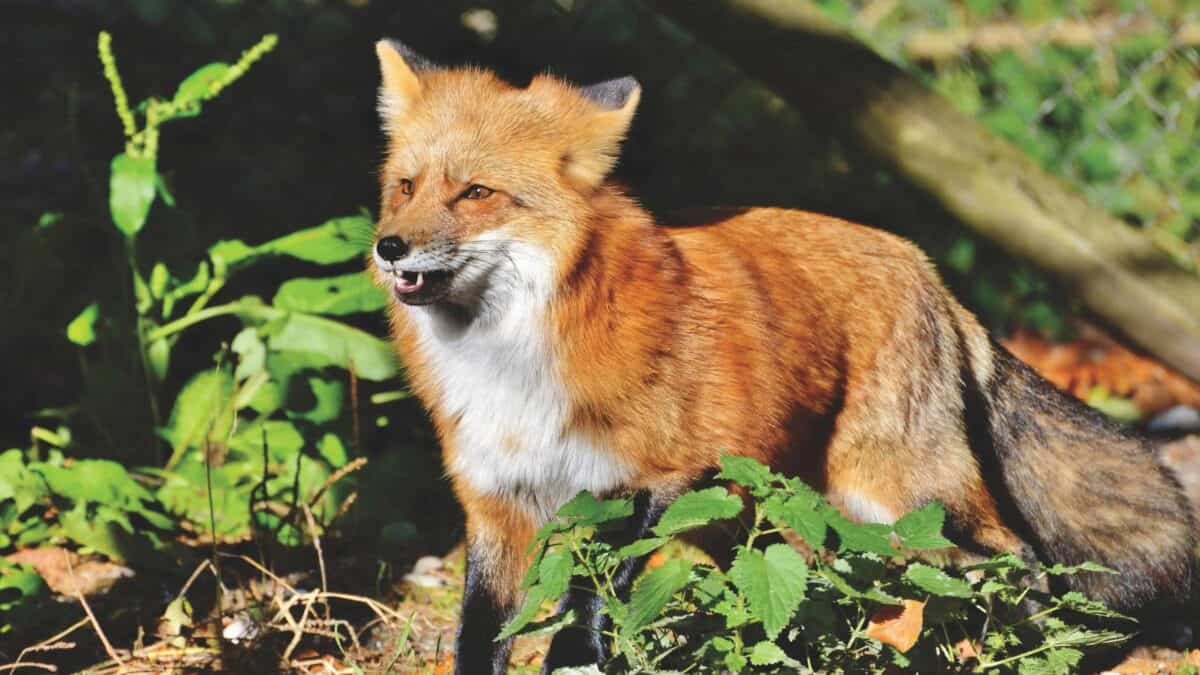
While primarily solitary hunters, foxes display notable social intelligence that can enhance their hunting success. They maintain complex social structures, particularly during breeding season, and use sophisticated vocalizations and body language to communicate. They possess a vocabulary of over 20 different calls, each with specific meanings ranging from territorial warnings to mating calls. This communication system allows them to coordinate when beneficial and avoid conflict when necessary.
The red fox in particular shows impressive social awareness in hunting contexts. When prey is abundant, they may hunt in loose family groups, using coordinated movements to flush prey toward waiting family members. Young foxes learn hunting skills through both observation of parents and practice play that mimics hunting movements. Research indicates that foxes raised with more opportunities for social learning develop more diverse hunting techniques than isolated individuals, suggesting that knowledge transmission between generations contributes significantly to their hunting prowess.
Risk Assessment and Caution
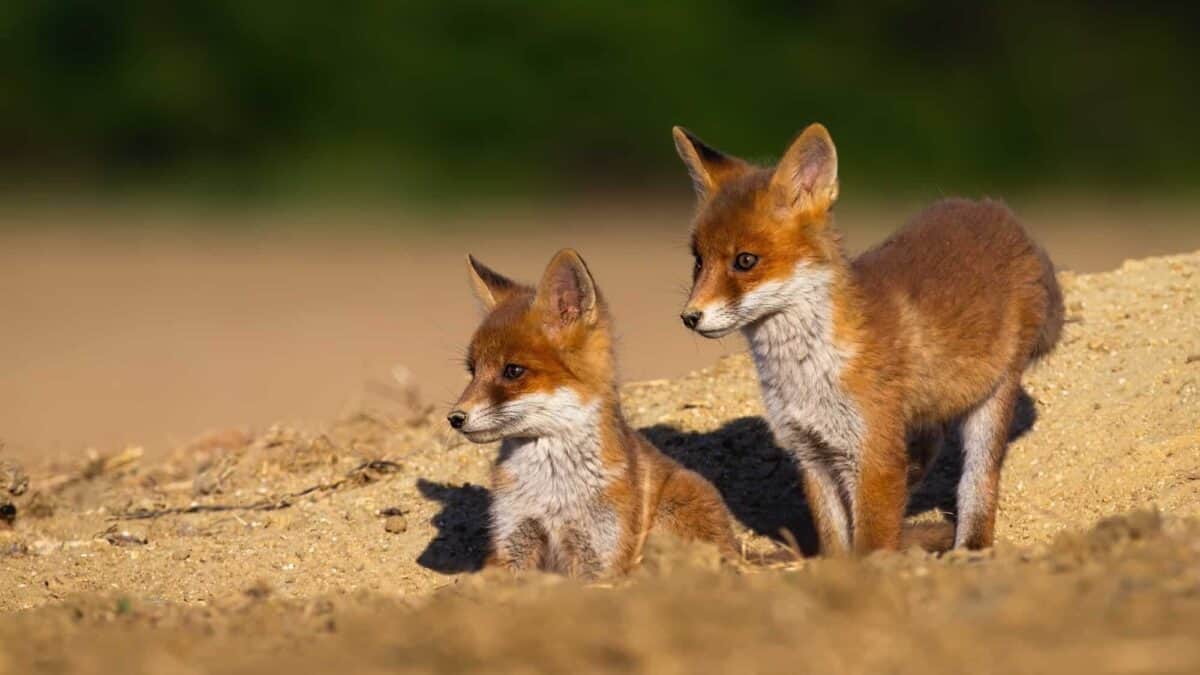
A crucial aspect of fox hunting intelligence is their sophisticated risk assessment capabilities. Foxes carefully evaluate potential dangers before committing to a hunt, weighing the energy expenditure and potential risk against the nutritional reward. This cautious approach helps explain their survival success—they rarely make wasteful or dangerous hunting attempts if the odds don’t favor success. Researchers have documented foxes abandoning hunts when they determine the prey is too alert, the terrain unfavorable, or when potential competitors or predators are nearby.
This risk-aware behavior extends to their interactions with humans. Foxes in hunted areas quickly learn to recognize human threats, becoming more nocturnal and wary. Studies comparing fox behavior in protected versus hunted areas show dramatic differences in boldness, activity patterns, and willingness to approach potential food sources. This ability to accurately assess and respond to varying threat levels allows foxes to maintain hunting efficiency while minimizing danger, demonstrating a sophisticated understanding of their position in the ecosystem and the consequences of their decisions.
Specialized Hunting Techniques by Species
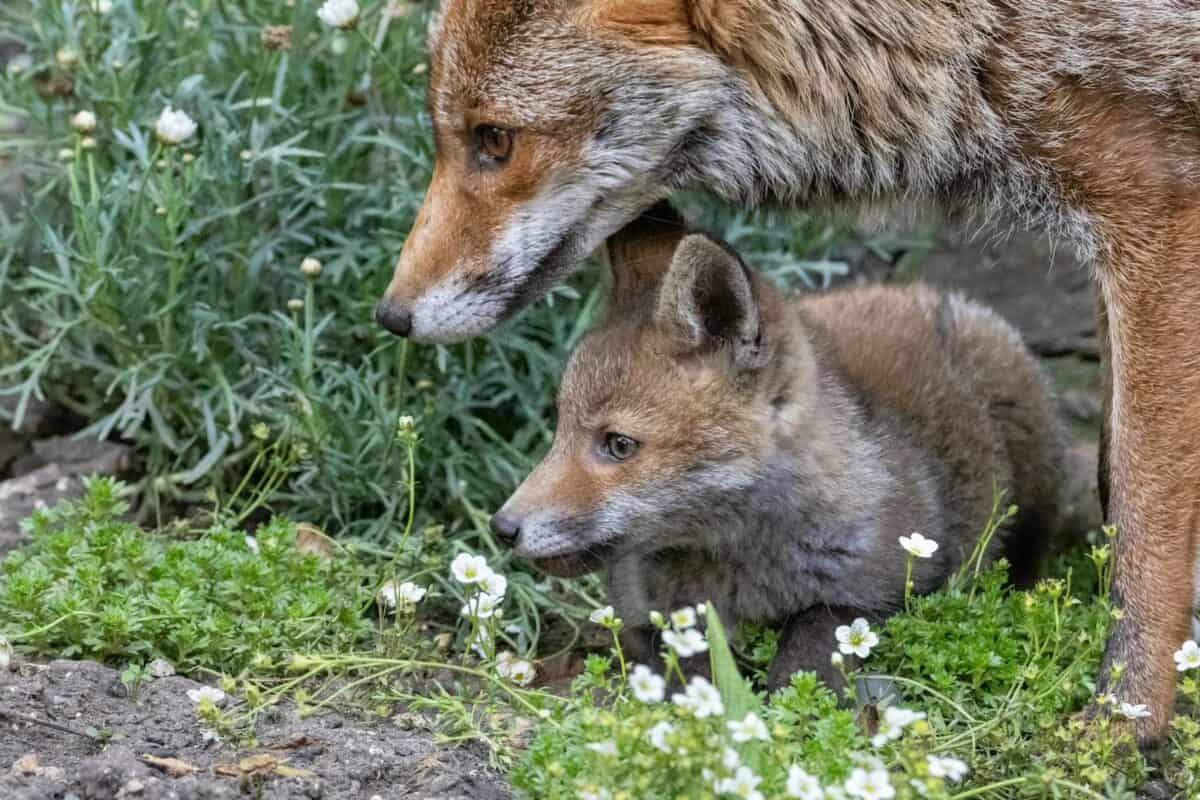
While all fox species share core cognitive abilities, different fox species have evolved specialized hunting techniques suited to their particular environments. The Arctic fox, for example, has developed remarkable strategies for surviving in the harsh polar regions, including following polar bears to scavenge leftovers and storing food in ice caches. The fennec fox of North African deserts has adapted to hunt primarily nocturnal insects and small vertebrates, using its oversized ears to detect prey moving underground.
The bat-eared fox of eastern and southern Africa has perhaps the most specialized approach, feeding primarily on harvester termites and other insects. They’ve developed the ability to detect the subtle sounds of insects moving underground and can locate termite colonies by sound alone. Meanwhile, the gray fox of North America demonstrates remarkable climbing abilities unusual for canids, allowing them to hunt birds and squirrels directly in trees. Each species illustrates how the foundational fox intelligence has been shaped by evolutionary pressures into specialized but equally impressive hunting adaptations.
Conclusion: Nature’s Master Hunters
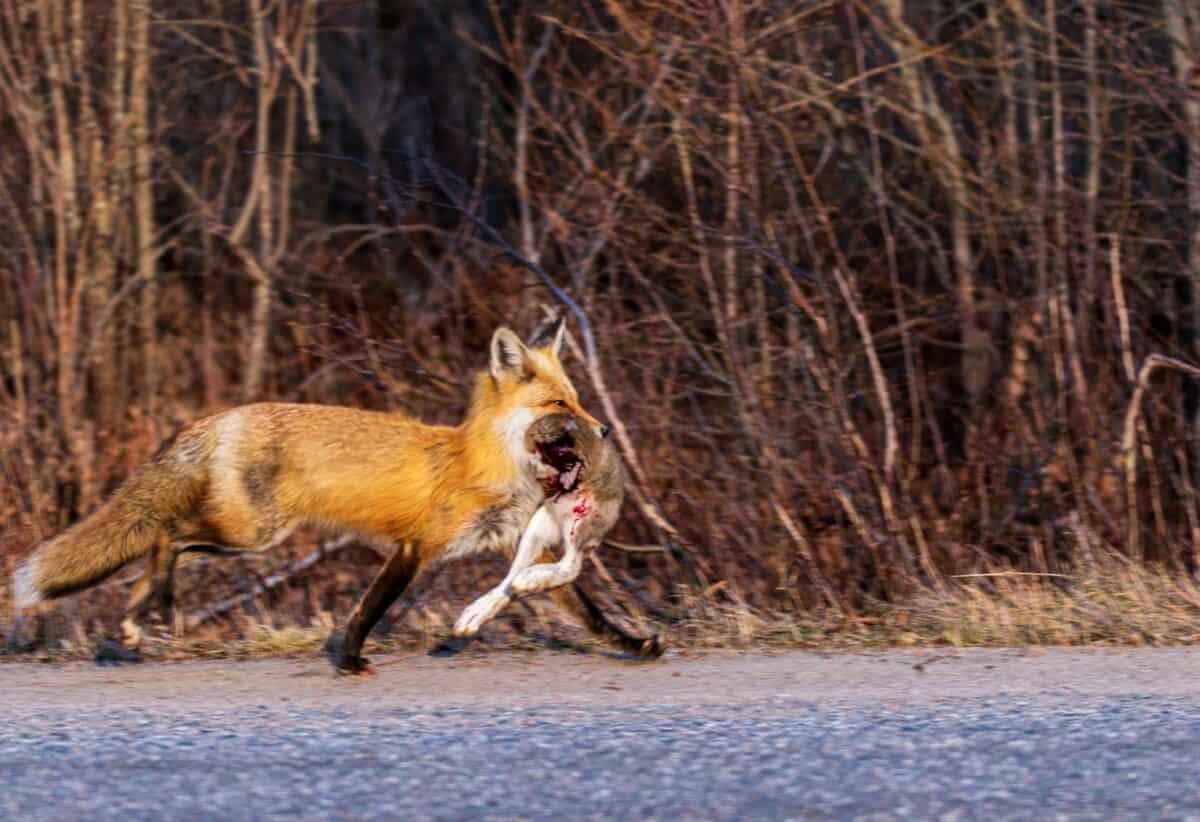
Foxes truly earn their reputation as nature’s clever hunters through a remarkable combination of sensory prowess, cognitive abilities, and behavioral adaptability. Their success isn’t attributable to any single factor but rather the integration of multiple intelligences—from their mathematical calculation of pounces to their strategic hunting approaches, from their exceptional memory to their problem-solving capabilities. These abilities have allowed foxes to thrive across diverse environments and maintain their ecological niche despite changing landscapes and human expansion.
The fox’s intelligence reminds us that there are many forms of cleverness in the natural world, not all of which mirror human intelligence. Their particular brand of hunting intelligence—pragmatic, adaptable, and highly attuned to their environment—represents millions of years of evolutionary refinement. In studying how foxes hunt, we gain insight not just into these fascinating animals, but into the broader question of how intelligence evolves to meet ecological challenges. As research continues, we’re likely to discover even more impressive aspects of fox cognition, further cementing their status as some of nature’s most intelligent and effective hunters.
- This Bird Sets Forests on Fire - August 17, 2025
- Orcas Have Regional Accents - August 17, 2025
- The Largest Group Migration in the Animal World - August 17, 2025

